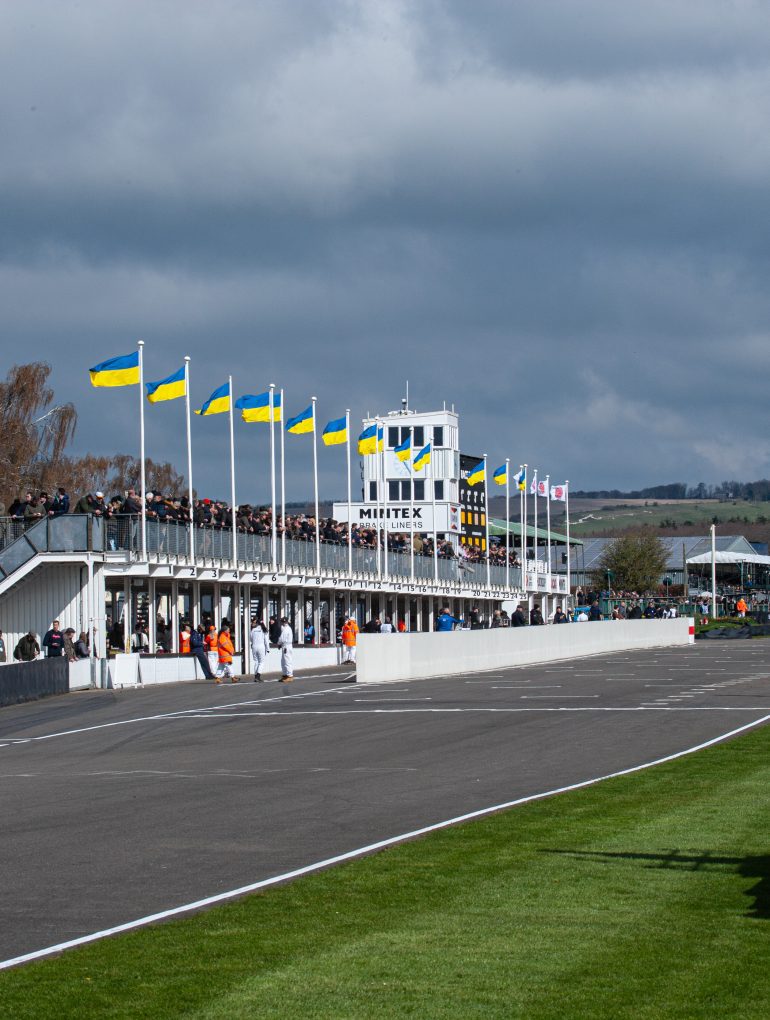The weekend of Goodwood’s 80th Members’ Meeting provided the perfect stage of the GT1 gladiators from the beginning of this century, to strut their stuff…
First created by the BPR Global GT series back in 1993, the GT1 class was later taken over by the FIA being renamed the FIA GT Championships. Accommodating larger displacement GT cars, the GT1 class was always a favourite with spectators and enthusiasts as it attracted the likes of Aston Martin, Corvette, Jaguar, McLaren, Porsche, Lister Storm, Mercedes-Benz, Nissan, Chrysler Viper, Maserati, Marcos LM600, Saleen, Ford GT, and of course the last of the front-engined Ferraris. The GT1 demonstration run at the Goodwood 80th Members’ Meeting on 15-16 April 2023, was a celebration of those top-flight GT Racers from the early part of the 21st Century.
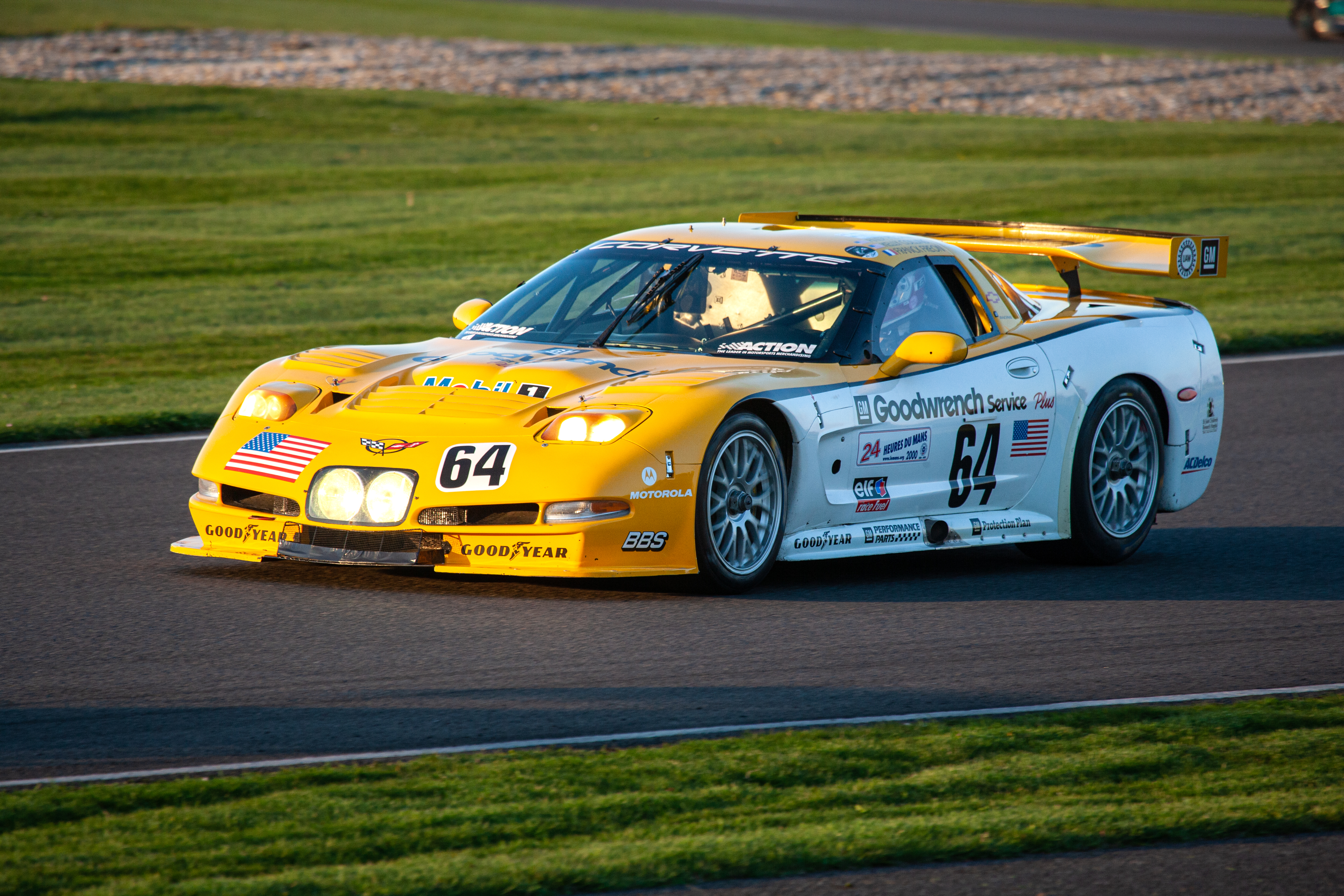
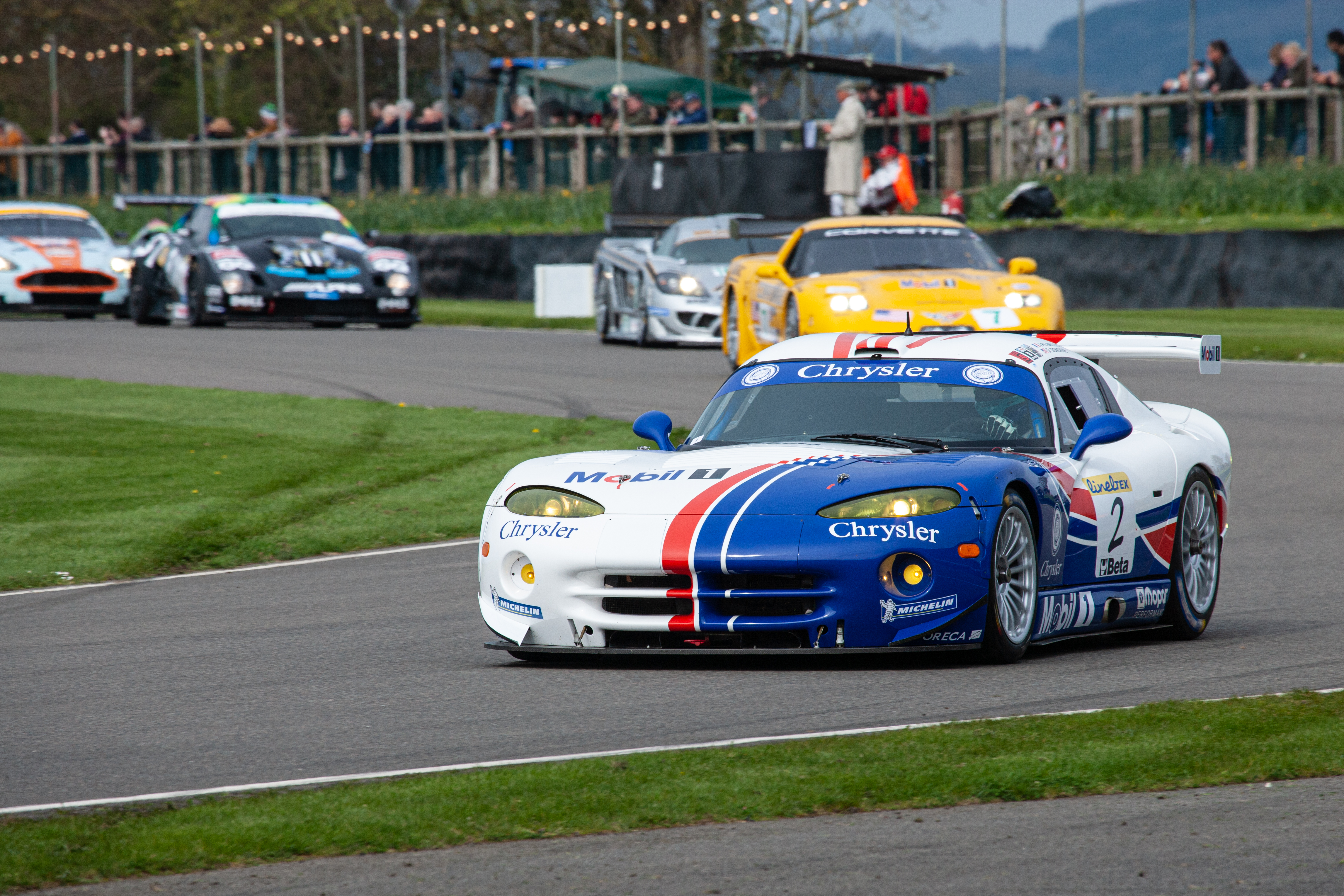
As the last of the Gordon Spice Trophy cars left the track just before 19h00 on Saturday evening, the razzmatazz ahead of the GT1 demonstration got underway. With such a wide variety of manufacturers on offer, engine format and capacity ranged from V8 to V10 and V12, and from 5-litres right up to a huge 8-litres. As can be imagined, competition in this class was fierce, and the series became extremely popular. Those spectators lucky enough to bear witness to the grid of 17 GT1 cars ranging from 1999 to 2008, had their desire for powerful motorsport reawakened.
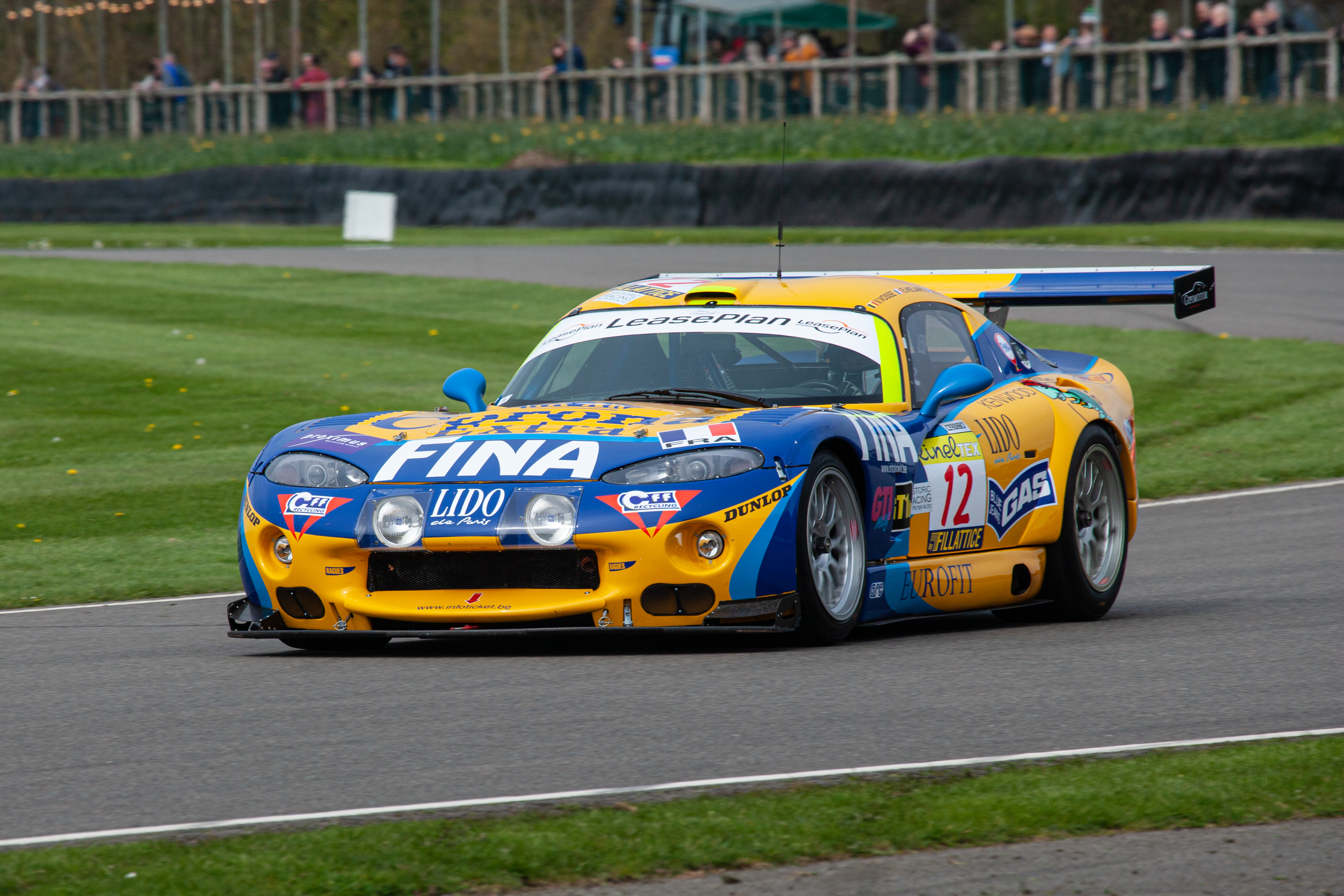
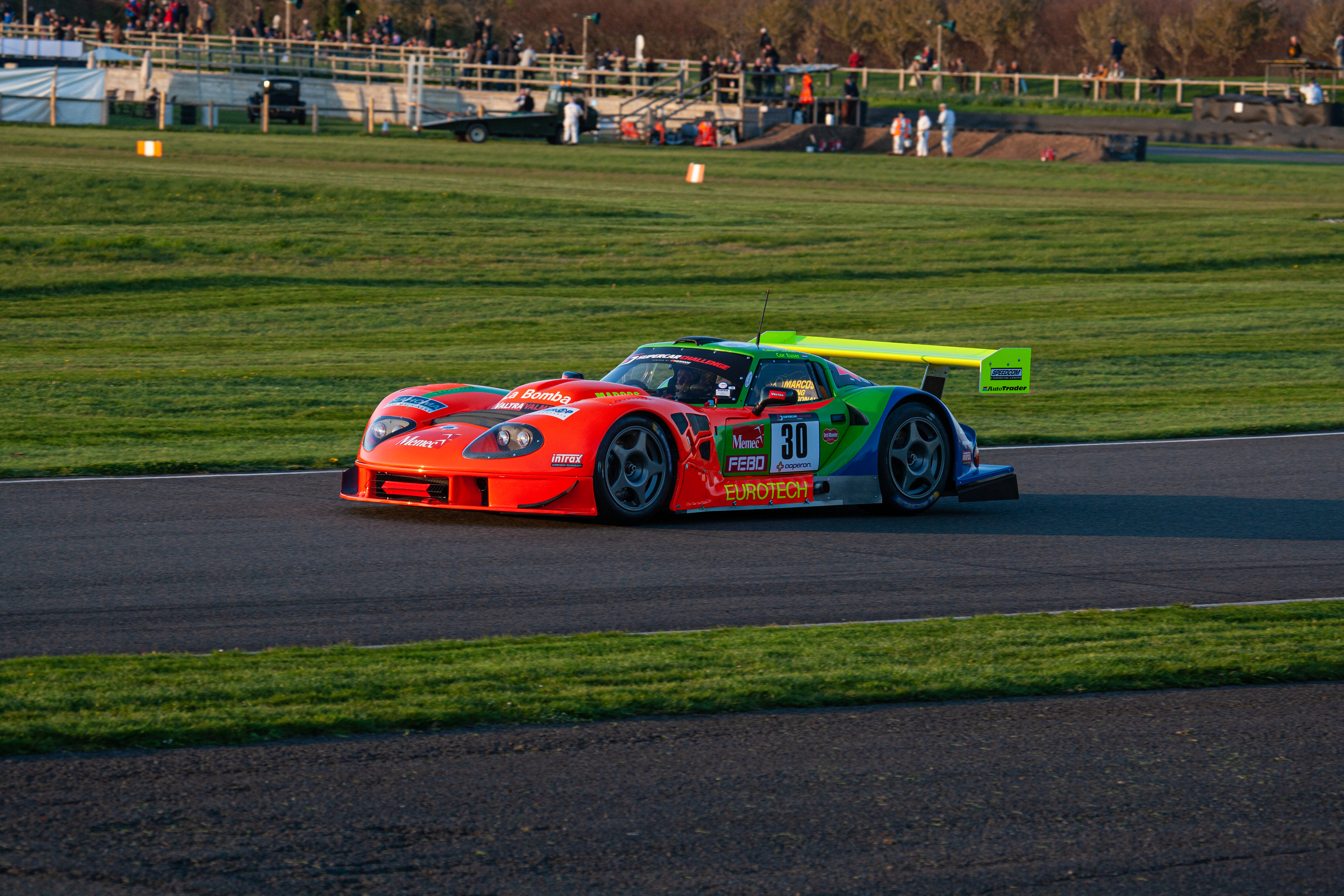
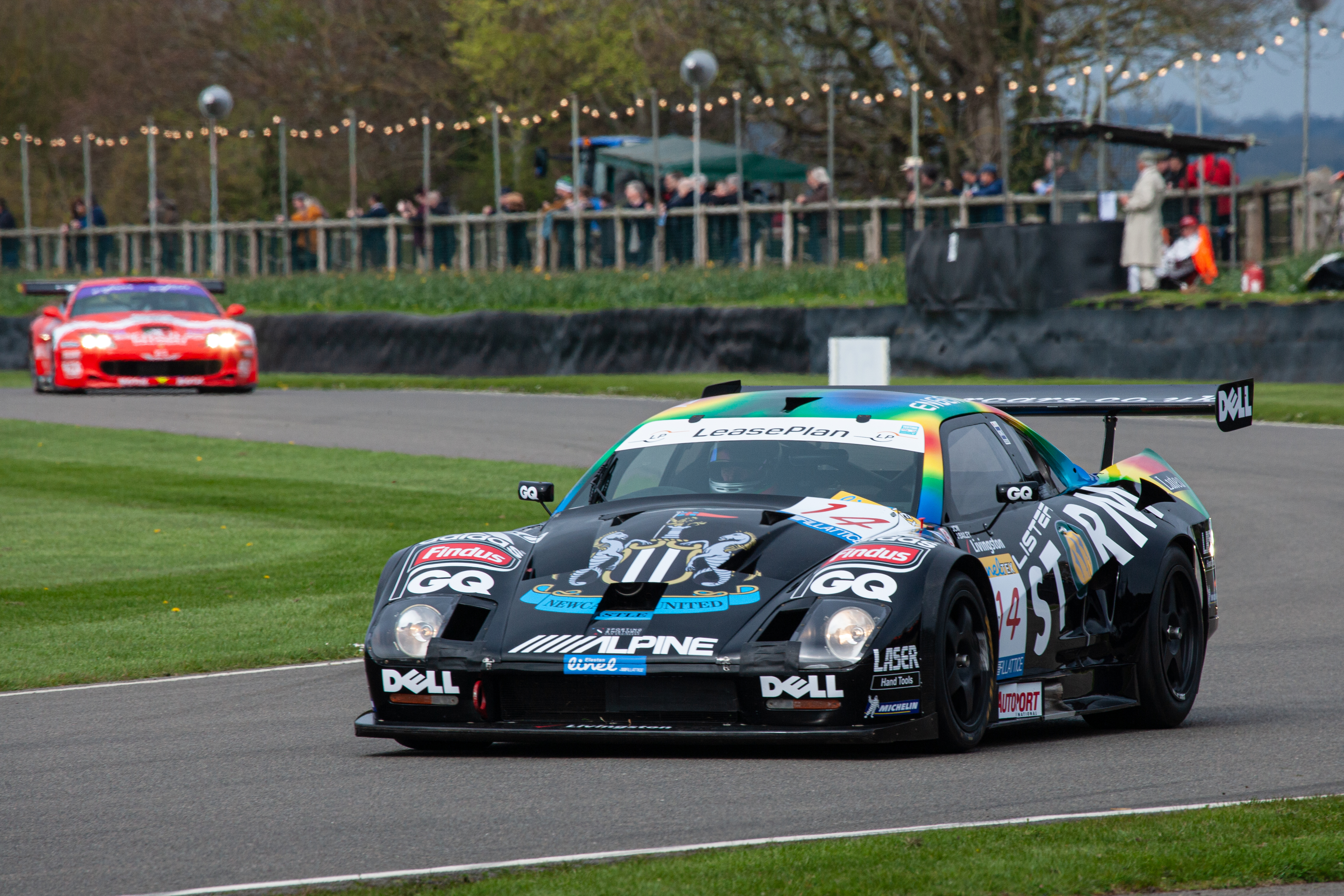
With the light fading in the clear West Sussex evening sky, the marshals, some scattered photographers and those hardy spectators who braved the falling temperatures, waited eagerly for the GT1 demo to get underway. Standing at the exit of Madgwick corner and the start of the Fordwater Straight, we could hear and tannoy announcements, the drummers and the associated entertainment, all the while wishing the cars would soon be released onto the circuit. Eventually, after what seemed like an eternity, the first of the GT1 cars was led onto the circuit at 19h30 behind a pace car.
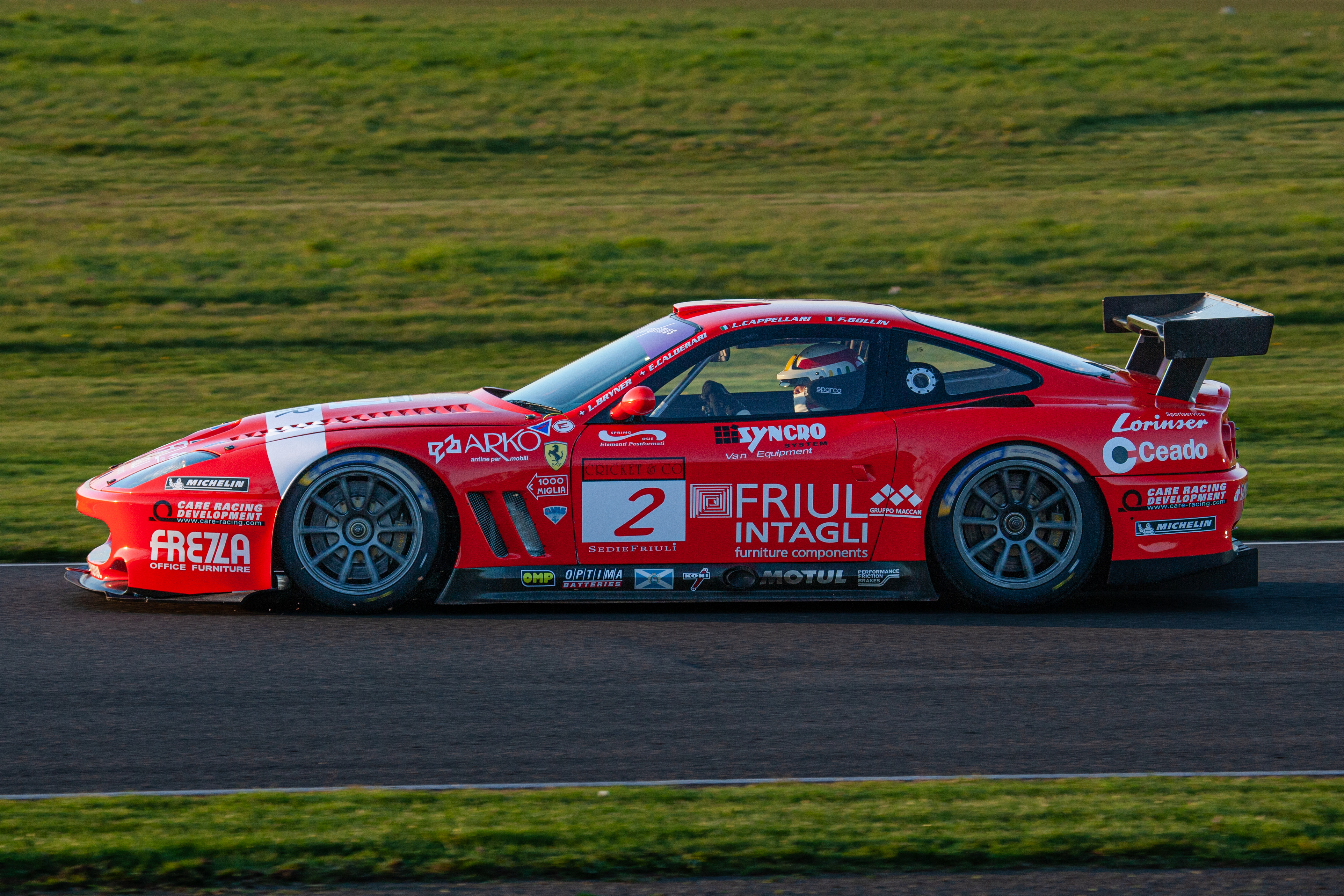
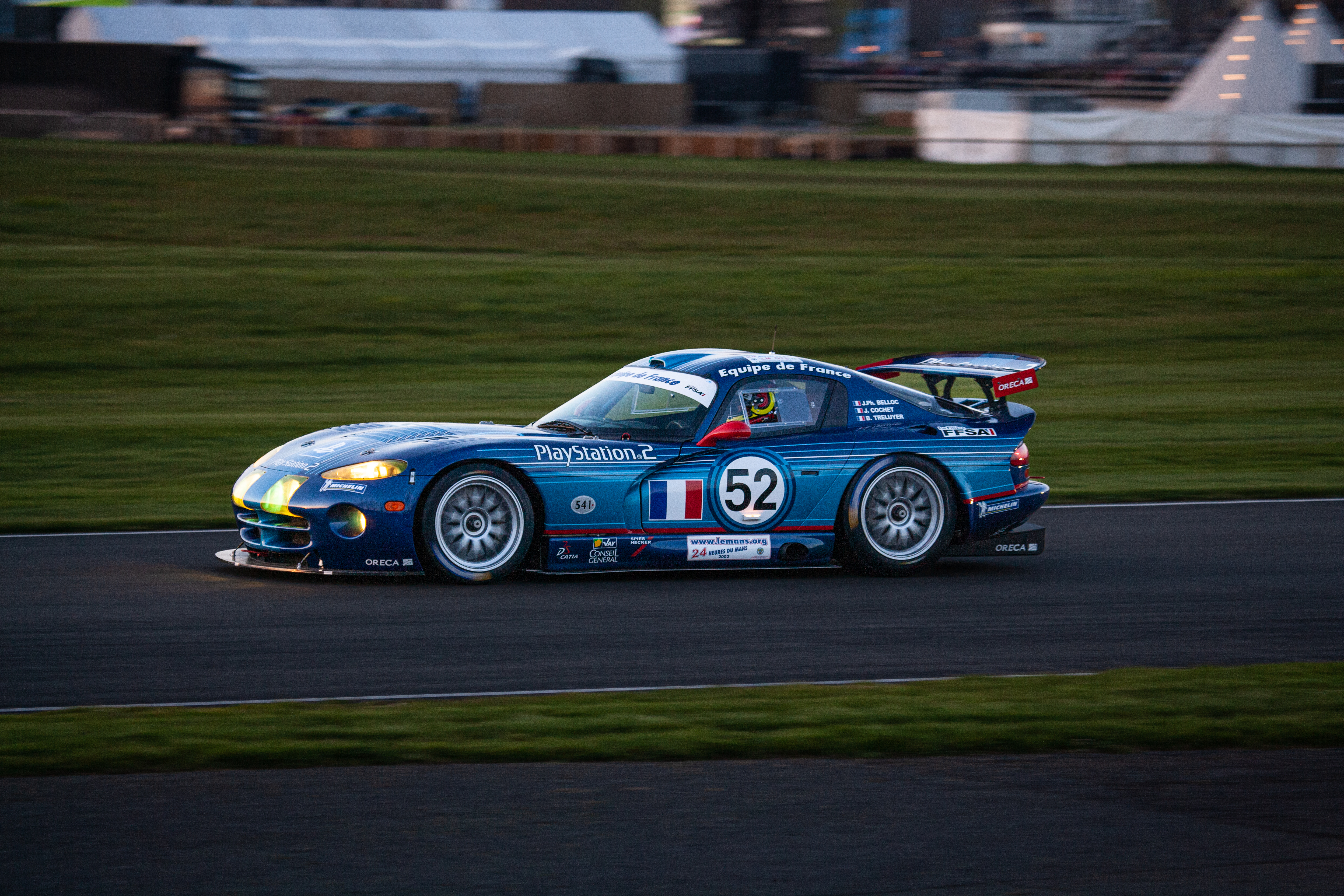
It was a brilliantly clear evening, by now quite cool, as the cars rounded Madgwick and headed off down the Fordwater Straight, right into the setting sun. Like well-behaved school boys, the cars filed past in order, not being permitted to overtake or to do anything that even resembled racing. However, just as such orderly discipline is eventually overtaken by the desire to spice things up a bit, gaps began to grow between the cars and this allowed a bit of hard acceleration in the fading light. But the procession was all generally well-behaved, and sadly the 15-minute demonstration was over too soon.
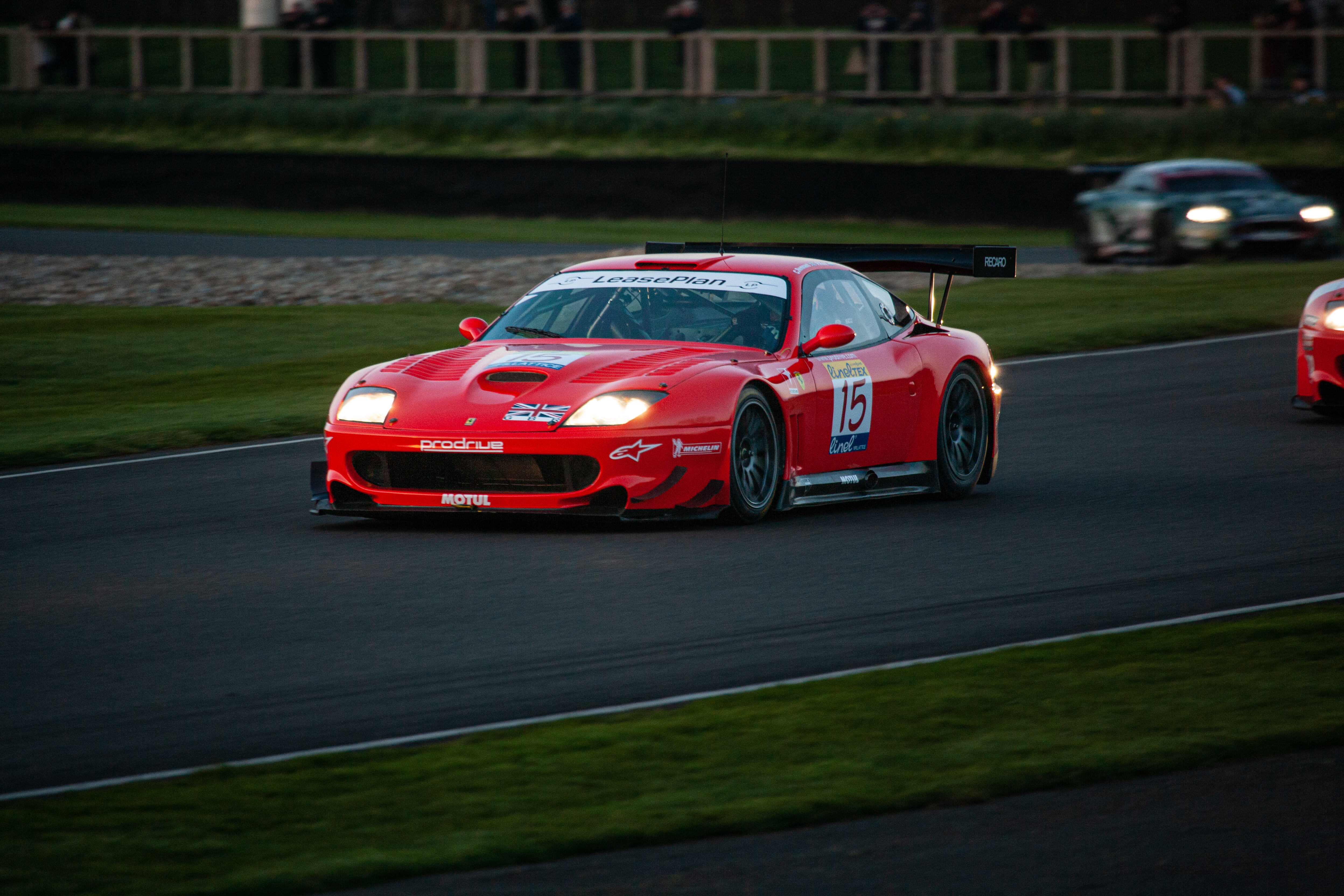
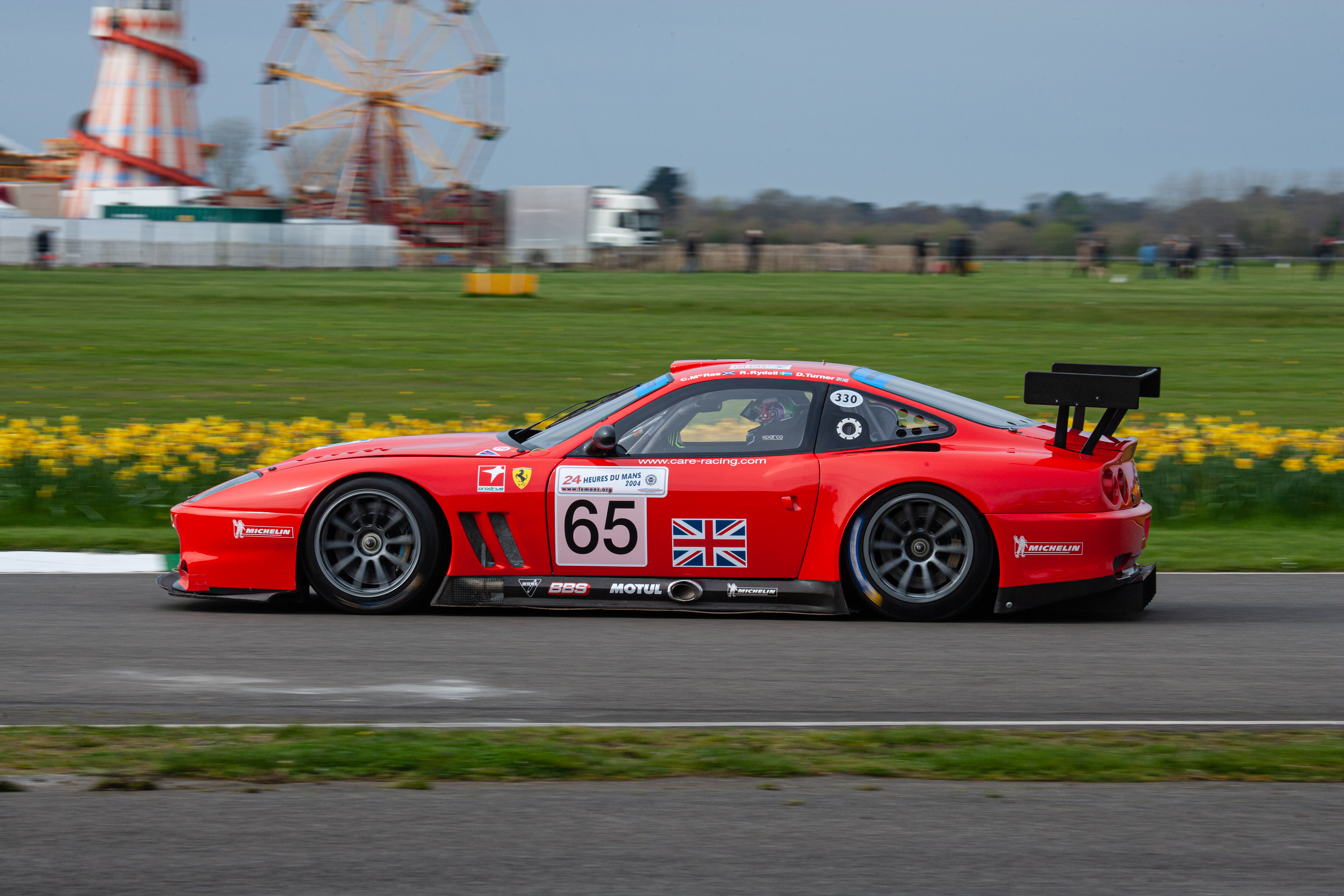
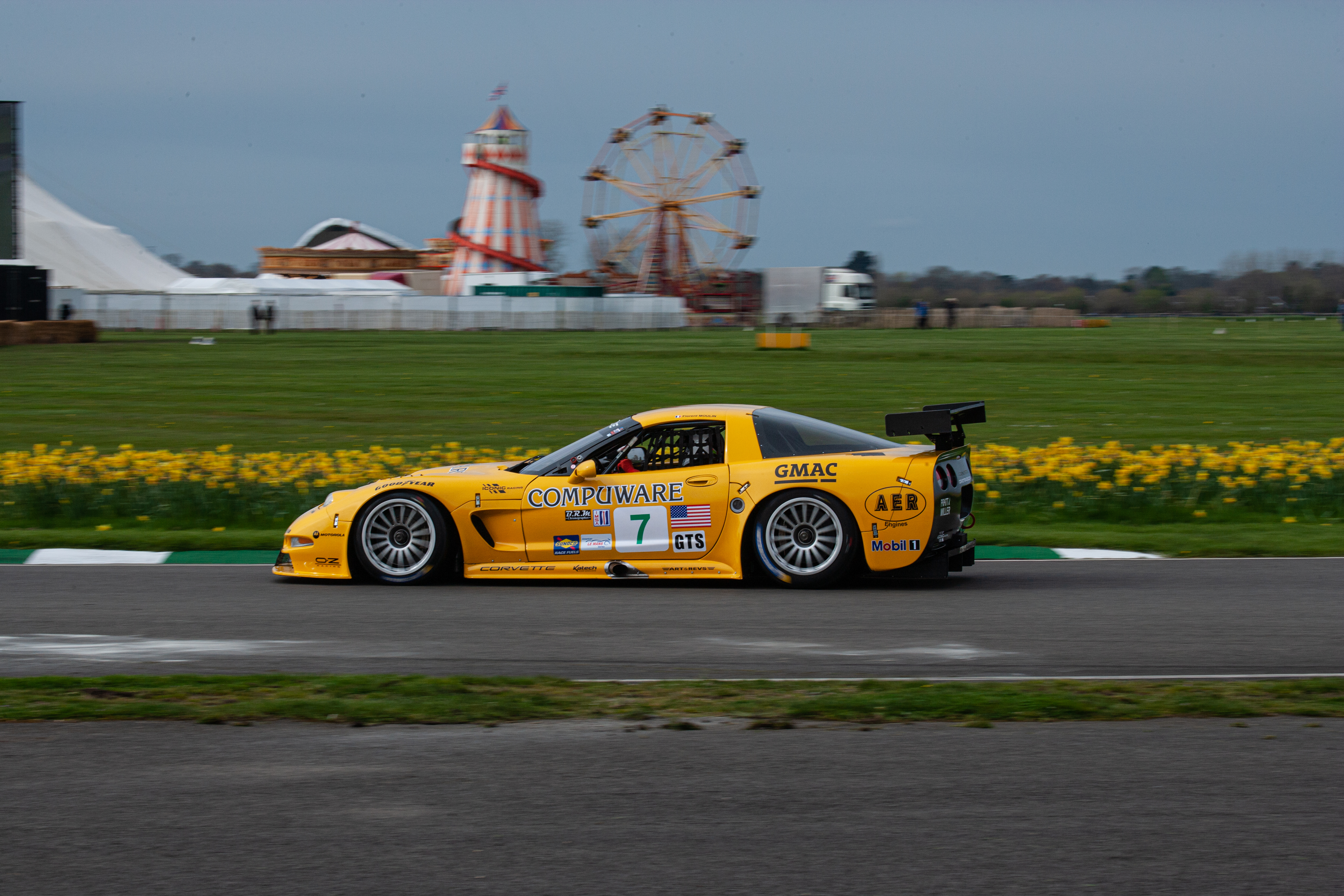
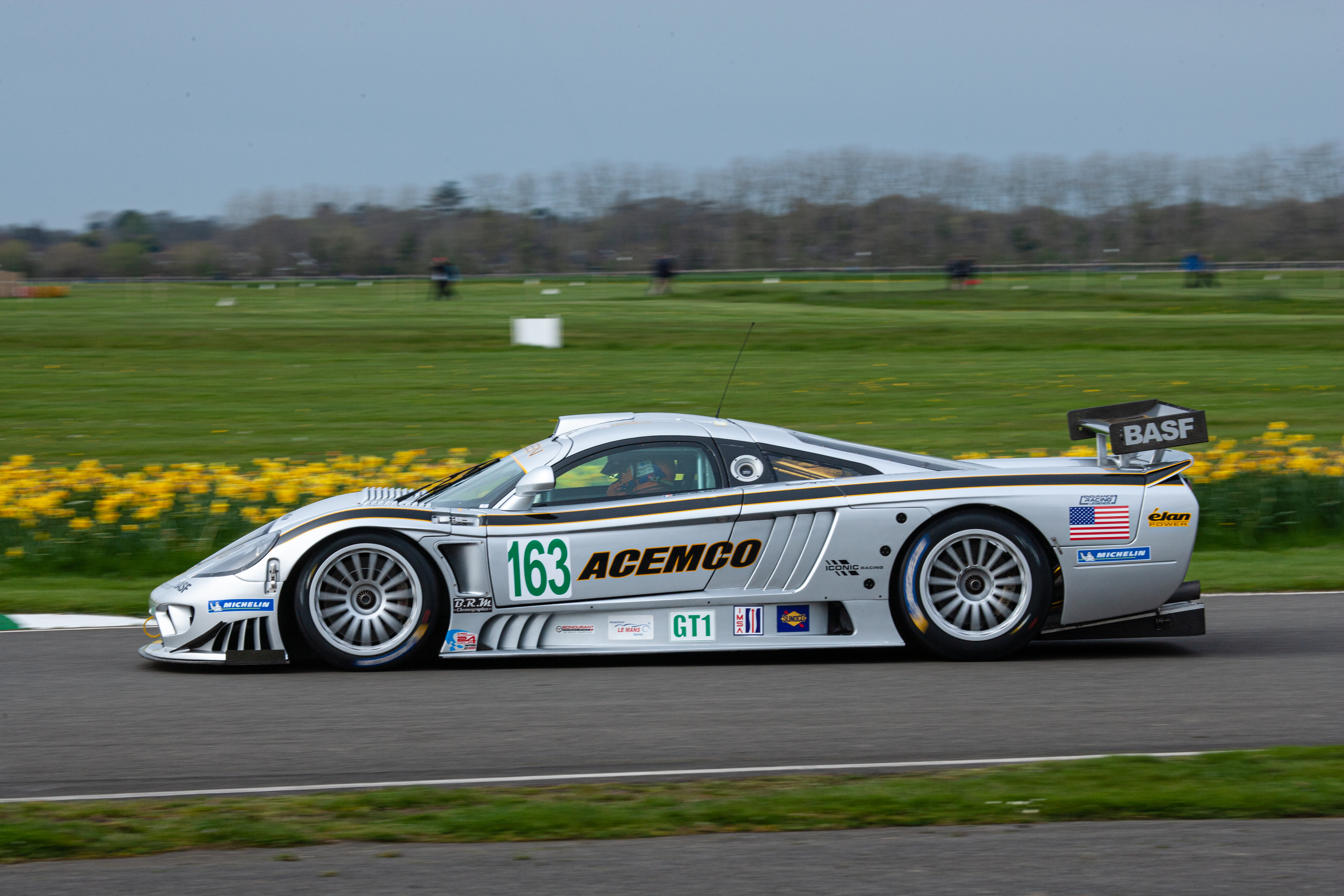
Sunday morning’s rerun of the GT1 cars was scheduled for 10h50, and almost right on cue, one could hear the rumble of big engines being fired up in the pre-race paddock. This time stationed at Woodcote Corner, as the cars speed towards the Chicane, they resumed their spectacular display for the benefit of Sunday’s visitors. One could almost feel sorry for the drivers as they were restrained behind the pace car once again, but this enabled the spectators to enjoy the cars at a more leisurely pace.
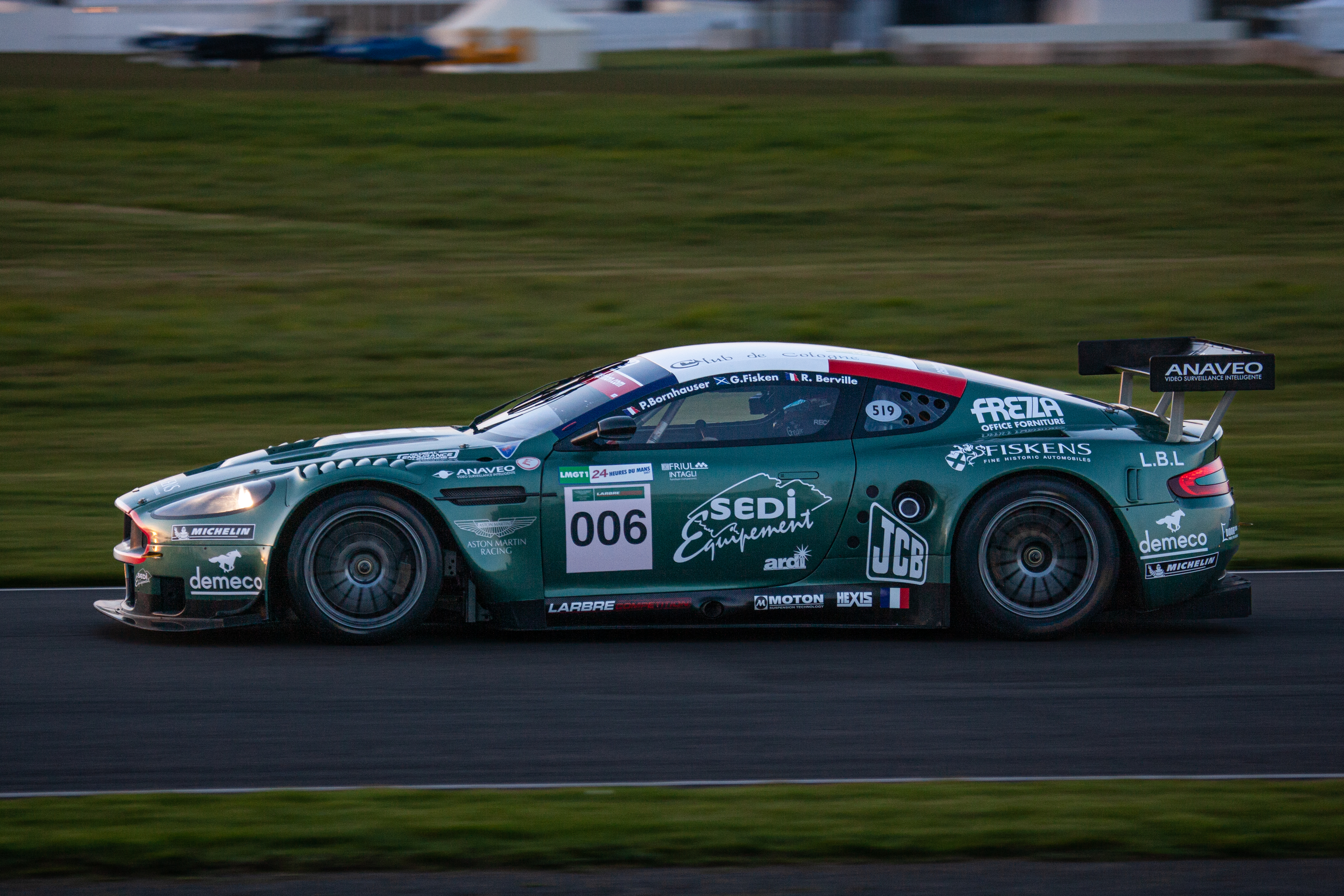
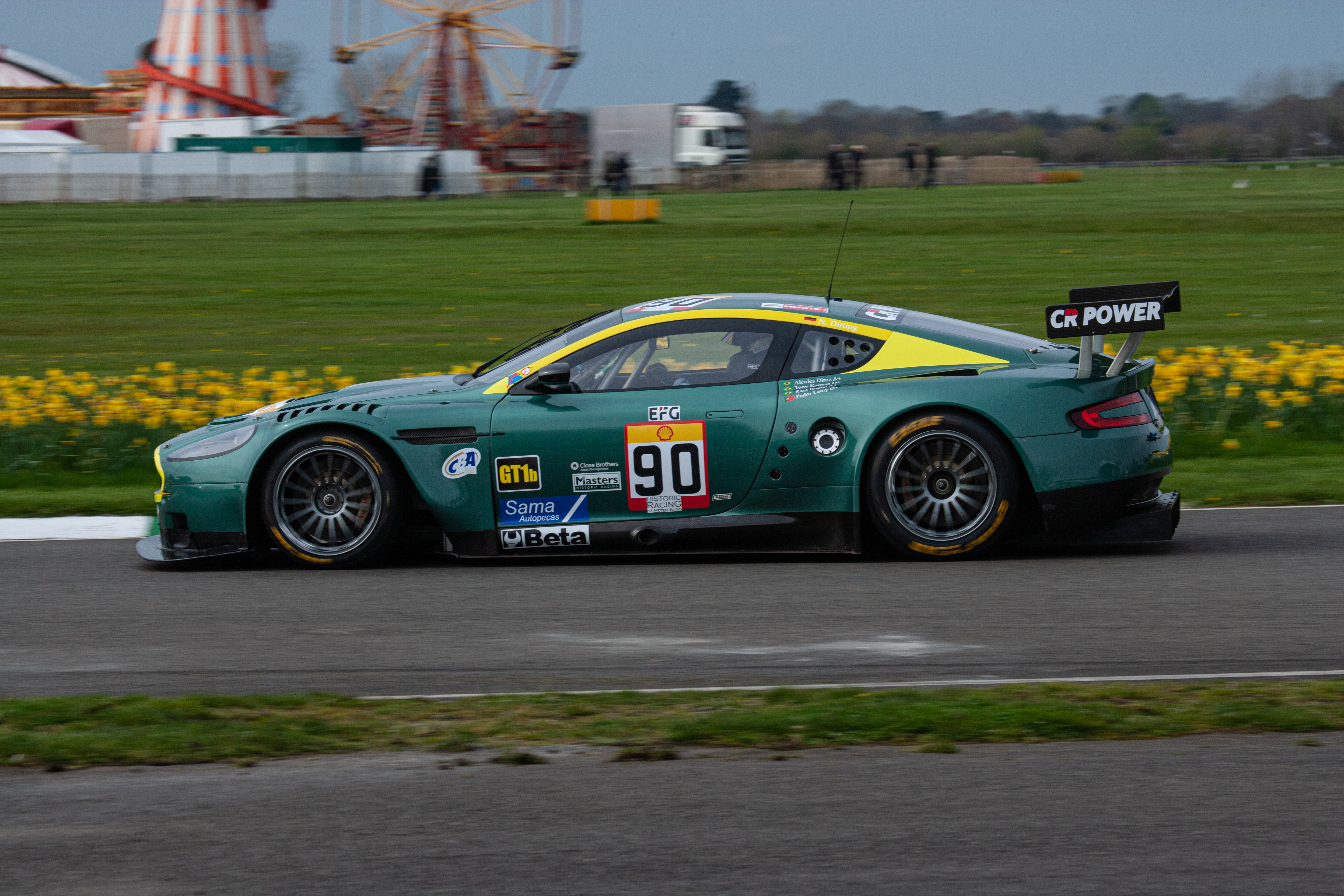
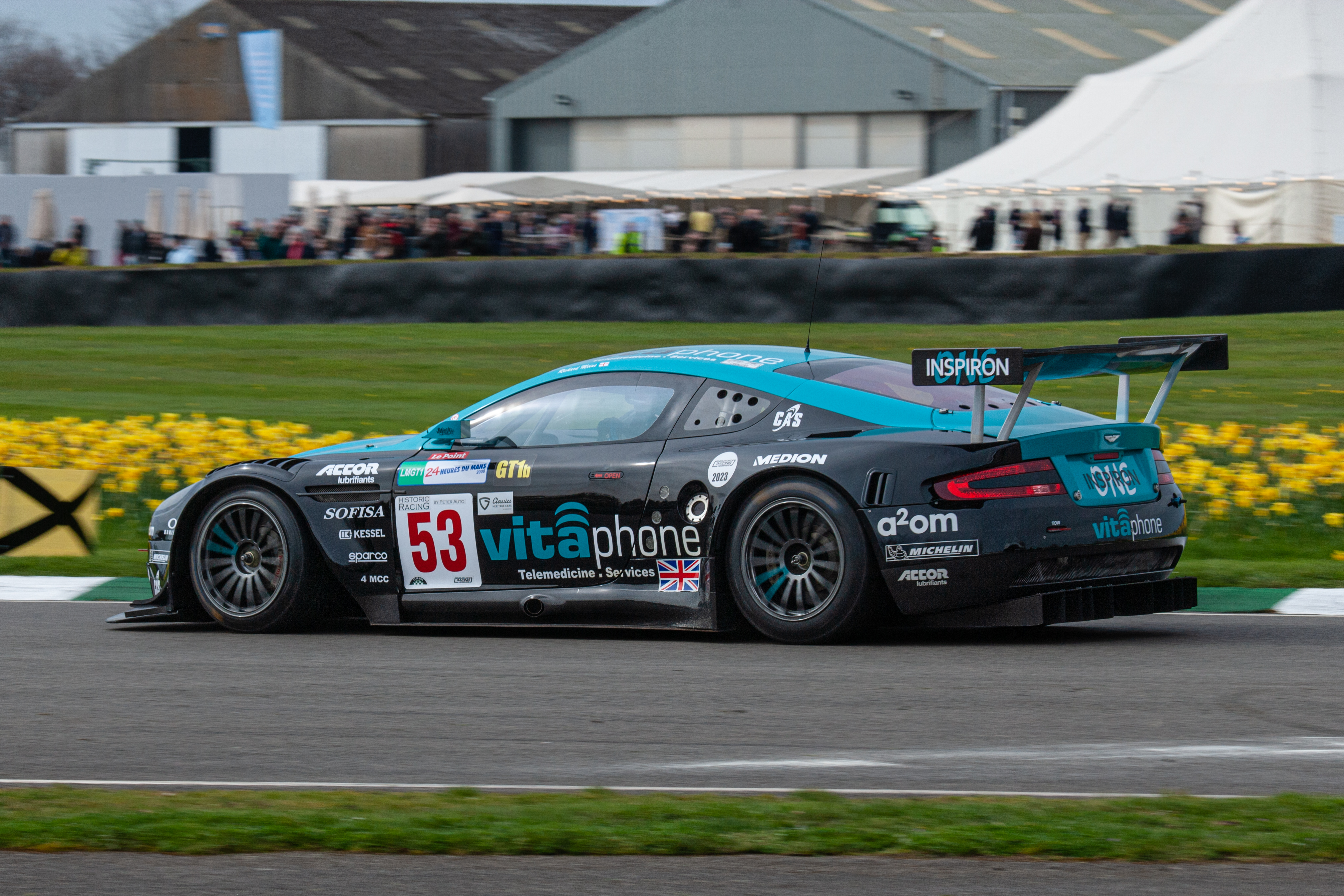
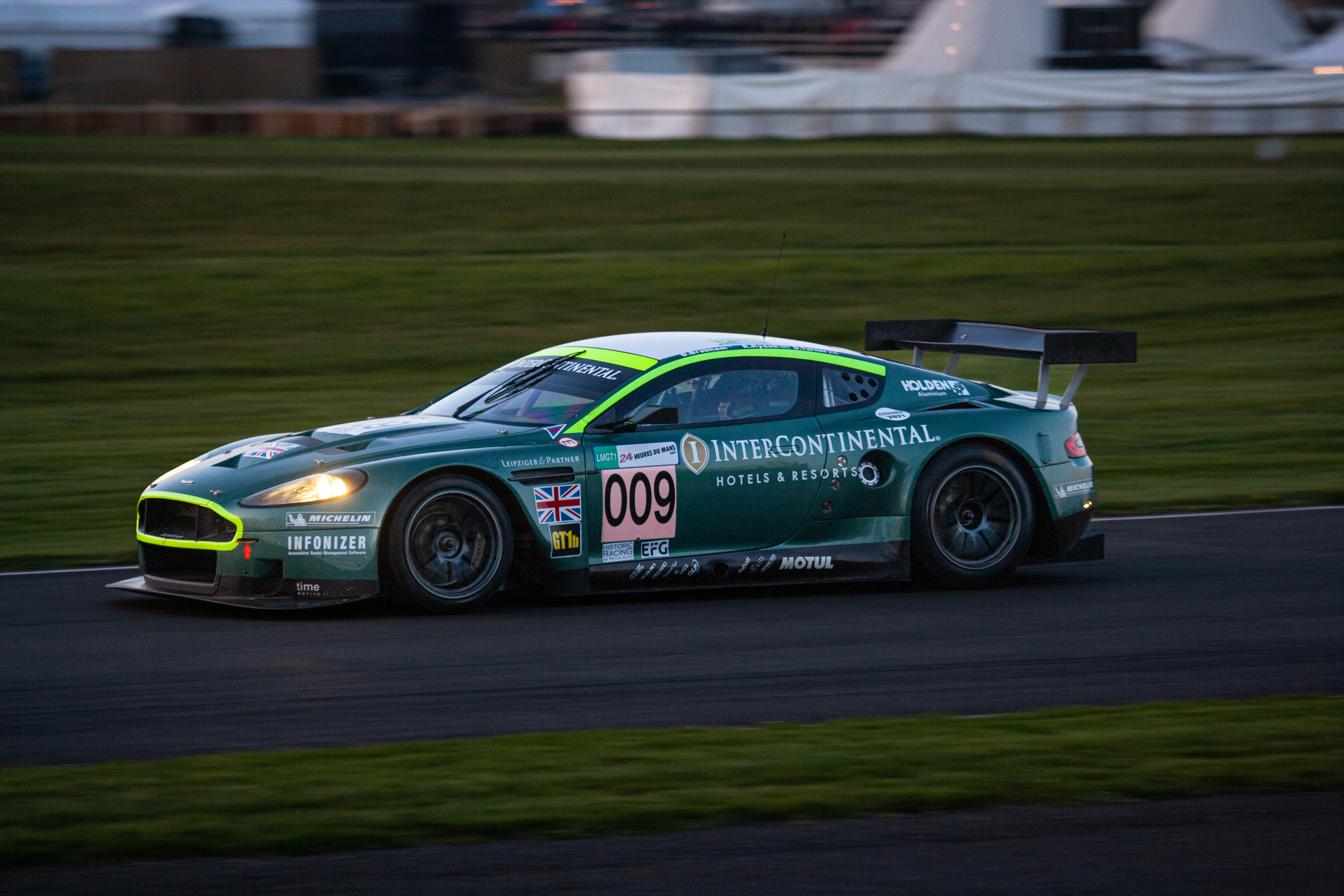
However, 15 minutes is not a long time, and such a short session does not allow the photographers the luxury of relocating to another spot as no sooner had you left your first location, than the demo run would be over. However, all the cars spent the whole weekend, while not on track, sitting in the paddock where they could be examined and enjoyed close up.
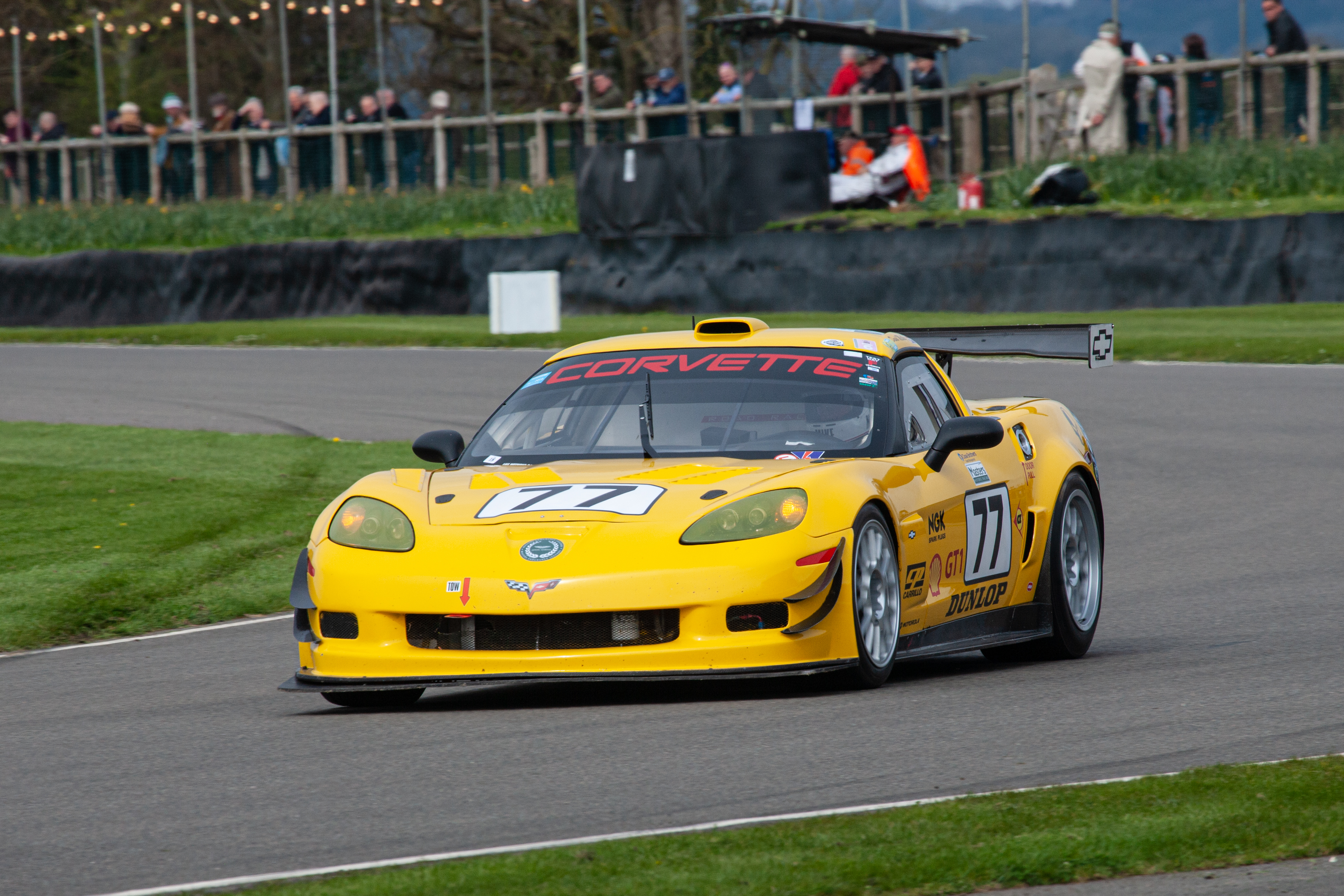
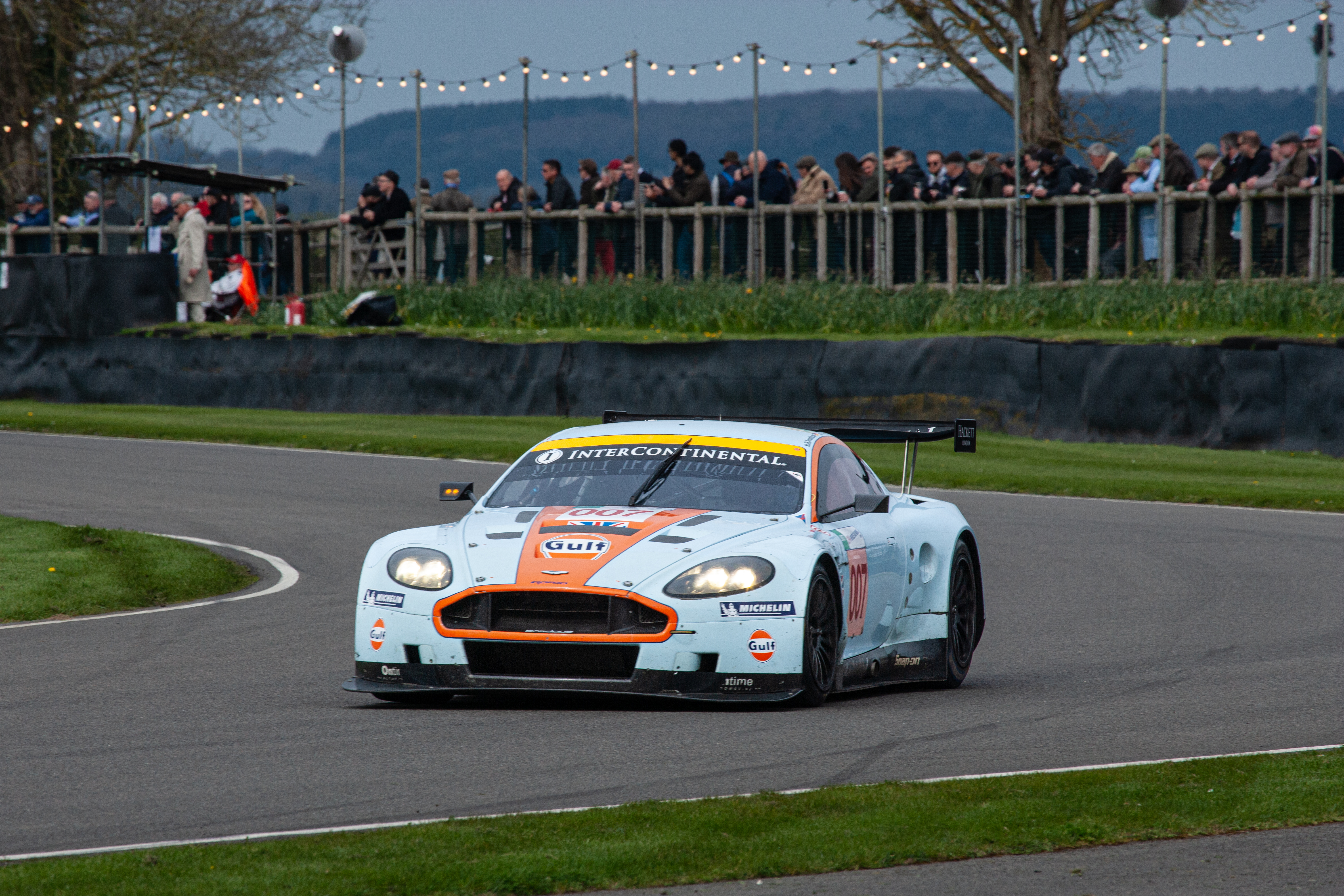
The GT1 class of race cars were eligible between 1993 and 2011, and during those 18 years they provided spectators with much edge-of-the-seat rivalry and close racing. The thunderous roar of powerful engines was a source of great attraction for race-goers as these race cars battled for superiority in class. In the GT1’s years of ascendency, in the late-90s, this class of racing certainly engaged the spectators as they had a field of race cars to watch that all looked very different from each other, behaved very differently and each had its own performance characteristics.
Racing enthusiasts are unlikely to ever see such a spectacle again, at least for the foreseeable future, as GT racing is now moving towards GT3 rules ensuring a performance plateau that will be increasingly controlled through Balance of Performance (BoP). Instead of trying to balance out the performance characteristics between manufacturers, the racing authorities should be celebrating the differences between them. With the benefit of hindsight, it is this wide range of engineering and performance capabilities that fuelled the passion and engagement amongst the many thousands of fans and racing enthusiasts around the world during this time. Looking back through the decades, especially during the 1960s, 1970s, 1980s and 1990s, the spectator numbers were on the increase and the racing was exciting. It would seem then, that the future has little to offer by way of comparison with its rigid and balanced performance characteristics, created in the name of ‘entertainment’.
Since the dawn of the sport itself, motor racing has recognised and celebrated engineering prowess and innovation, and this can be measured in race victories through the ages. Many of the safety features found on the production cars today can trace their origins back to motor racing, but if innovation is stifled through over-regulation, then the future looks quite bleak.
GT racing has always been exciting, largely because spectators can identify with the cars on track, and so they create an affiliation with those cars. The GT1 era offered enjoyment and excitement in spadefuls, and so the spectators were engaged right from the moment the race went green until the chequered flag fell, ensuring that this was one of the best eras in modern motorsport.
Images by: Virtual Motorpix/Glen Smale


